As I said in the first part of this article: I believe that chess books and magazines represent a colossal waste. Less than five percent of all buyers play through the games they contain. Those who do are called grandmasters, or IMs, and they do it in their heads – they read chess books like adventure novels. The rest of us try to follow the first few moves, if they are part of our openings repertoire, and then jump to the diagrams, where we replay a few moves that follow in our mind. The rest is usually ignored.
So just a very small percentage of non-professional chess players actually read chess books. Hand on your heart: when was the last time you set up the chess board and pieces and replayed a game from a book or a magazine?
The irony is that you probably have the ultimate replay tool right there in your pocket, or on the living room table: your smart phone or tablet. On it the moves can be executed on a graphic chessboard, and you can even have an engine running in the background, ready to answer every what-if and why-not question that might occur to you.
But how do you get the moves of the game, printed on paper, into your electronic device? Scanning the page and using intelligent OCR is not a practical solution. Also downloading a file and then searching in a database for the game you see on the page is cumbersome. You need to get it in one quick and easy action. And that is possible – using a QR code. This is a kind of barcode (QR stands for "quick response") in matrix form, which the camera of your smartphone or tablet can pick up quickly and effectively. And it will immediately execute the instructions contained in the QR matrix.
 I am not the first person to think about the possibility of using this in chess books. As I told you in the first part of this article: my good friend Prof. Christian Hesse used the system in 2015, in his (German language) book Damenopfer. There, for the first time I believe, you could scan a QR image printed next to each diagram or at the start of a game, and then replay it on your electronic device. This takes a second or two. After that you have the game, moves, and the entire analysis on your mobile phone or tablet, and can replay them right there, in your garden, on a train or plane, anywhere. You read the stories in the book and replay the games on your electronic device. I showed some examples in my previous article.
I am not the first person to think about the possibility of using this in chess books. As I told you in the first part of this article: my good friend Prof. Christian Hesse used the system in 2015, in his (German language) book Damenopfer. There, for the first time I believe, you could scan a QR image printed next to each diagram or at the start of a game, and then replay it on your electronic device. This takes a second or two. After that you have the game, moves, and the entire analysis on your mobile phone or tablet, and can replay them right there, in your garden, on a train or plane, anywhere. You read the stories in the book and replay the games on your electronic device. I showed some examples in my previous article.
So how can I use this tool in my books? I have been experimenting with converting past articles into printable text. After trying Microsoft Word and Libre Office I hit upon Google Drive, which has a word processor that appears to exactly fulfil my needs. So the process is copy and paste a text from articles, update and format them nicely, and then export the file, which is stored in the cloud, e.g. to PDF. Works very nicely. Google's word processor does not have all the functions of the dedicated packages, but it has all the essential ones, and they have been optimized for ease of use.
The articles I convert often have positions or games. I always have them in PGN or ChessBase – in fact they are usually embedded in the JavaScript replayer on the news page and can be downloaded with a click from there. Take for example my recent article "The game that shook the world." At the bottom is a replayer with the annotated game. Clicking on the diskette icon downloads the PGN and, in my setup, loads it into ChessBase 15.
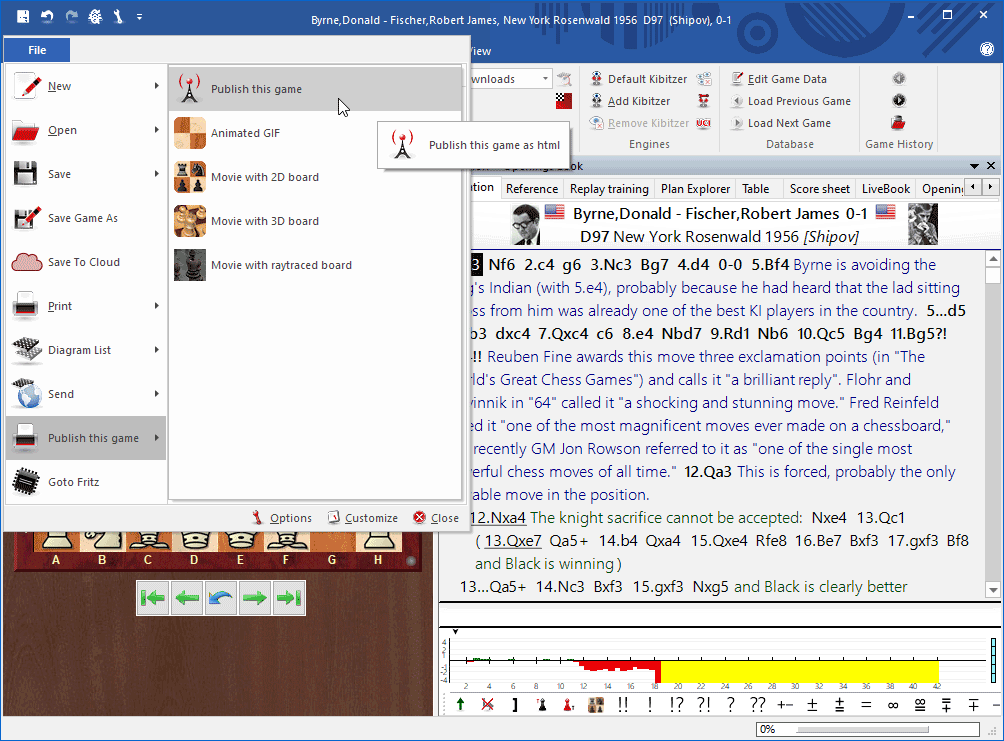
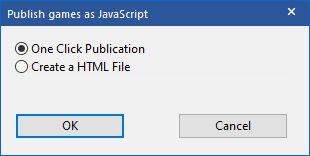 Now comes the decisive part: I go to the File menu and click "Publish this game". ChessBase 15 offers to produce a One Click Publication, with the replayer. It gives the URL, embed code for the player (so you can add it to a blog article), and social media buttons (to post on Facebook, Twitter or email to a friend). Here is what the page it generates looks like. That is definitely a page you can link to.
Now comes the decisive part: I go to the File menu and click "Publish this game". ChessBase 15 offers to produce a One Click Publication, with the replayer. It gives the URL, embed code for the player (so you can add it to a blog article), and social media buttons (to post on Facebook, Twitter or email to a friend). Here is what the page it generates looks like. That is definitely a page you can link to.
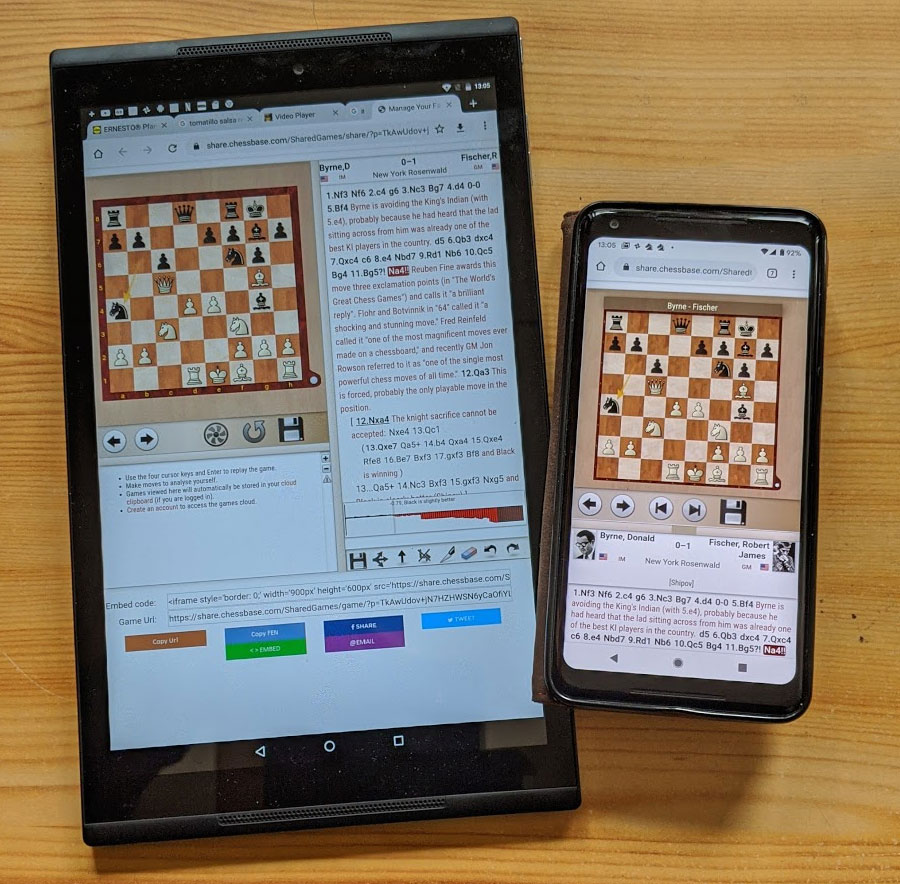 If you follow the URL given, on your mobile phone or tablet, this is what you get. You shold try it out: scan the following QR code (use a barcode or QR scanner as described below) and see what it looks like on your device.
If you follow the URL given, on your mobile phone or tablet, this is what you get. You shold try it out: scan the following QR code (use a barcode or QR scanner as described below) and see what it looks like on your device.
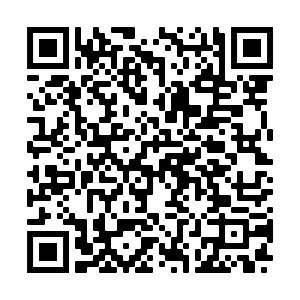
As you can see on the photo, the tablet produces the full player, where you can start an engine (fan icon) that will help you to analyse. There is even a "!" icon (on the right side of the engine display) that shows you the threat in any position, which is incredibly useful in the case of unclear moves (I use it all the time).
For the technically savvy there is another option: "Create an HTML file" and upload it to your server. In that case you use <div class="cbreplay"> tag. Full details are given here.
So we have generated the replay page as described above. It takes less than one minute. But how do you embed a link to it in your book or magazine? This is where I use QR codes, which are infinitely more practical than typing a long URL into the mobile phone browser. And it is perfectly simple to implement: simply google for one of a dozen (free) QR code generator pages. There you simply paste the URL ChessBase gave you for the replay page, and bing! –you have the QR code matrix as a JPG or PNG. This you embed on your book or magazine page.
Naturally you can use this to link not only to replay pages, but also to YouTube videos, audio files, small utilities, etc. Here are some examples from the trial articles for my book (click all images to enlarge):

The above QR code leads to a video interview that is the basis of the article
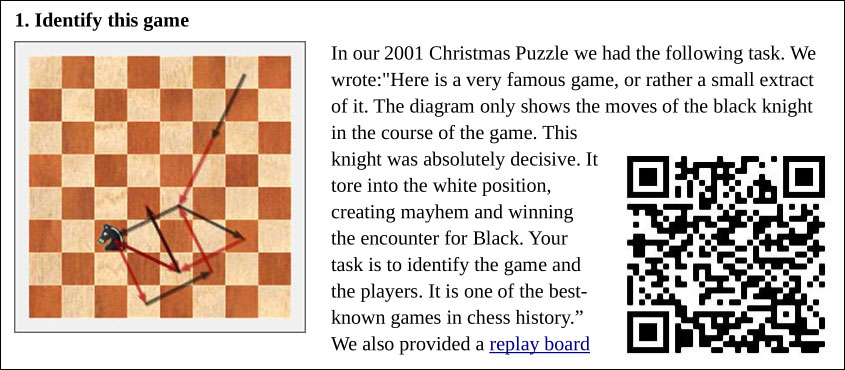
Check if this external small utility works without problems on your phone or tablet
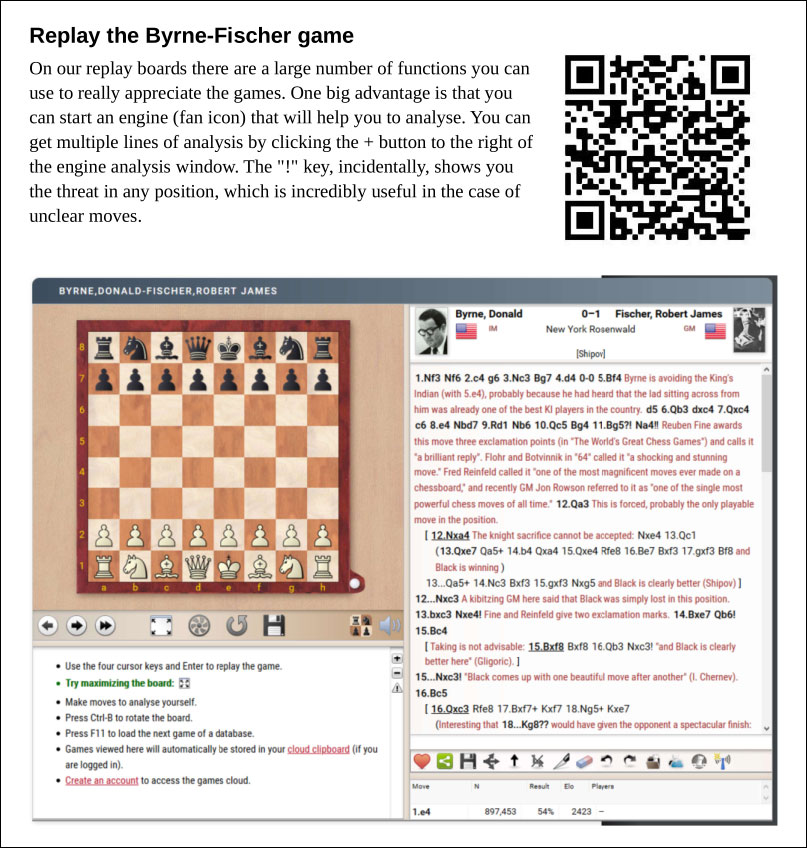
And here is the book page with a QR link to the full game with all annotations.
I think this is a very feasible method of making chess content available to readers of a book. I thank Christian Hesse for his pioneer work described in the first part of this article. Things have in fact improved: Christian's book was published five years ago, and I am using the latest ChessBase replayer, developed in 2020. It has many exciting functions that were not previously available.
What you can do for me
I will give you three trial chapters, which you can download and print out, to get a real feel for how my book would work. Or you can simply click on the links and display the files on the PGN reader. Then tell me how the game replayer runs on your mobile phone and your tablet. Also, I would be interested to find people who can assist in the production and publication of the book(s).
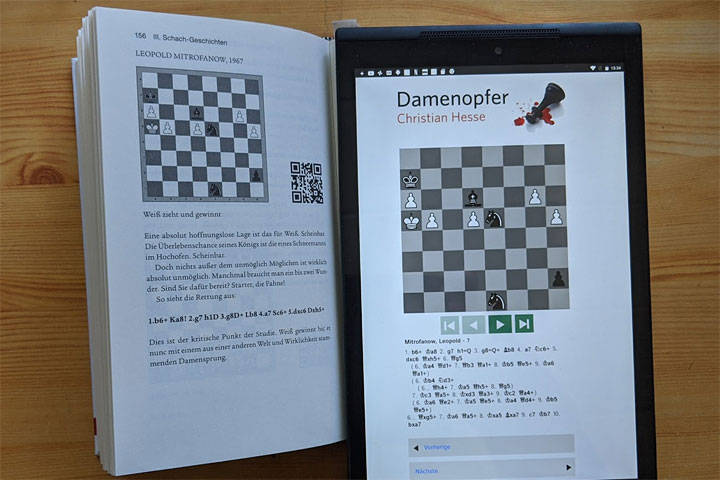

















 I am not the first person to think about the possibility of using this in chess books. As I told you in
I am not the first person to think about the possibility of using this in chess books. As I told you in 
 Now comes the decisive part: I go to the File menu and click "Publish this game". ChessBase 15 offers to produce a One Click Publication, with the replayer. It gives the URL, embed code for the player (so you can add it to a blog article), and social media buttons (to post on Facebook, Twitter or email to a friend). Here is what
Now comes the decisive part: I go to the File menu and click "Publish this game". ChessBase 15 offers to produce a One Click Publication, with the replayer. It gives the URL, embed code for the player (so you can add it to a blog article), and social media buttons (to post on Facebook, Twitter or email to a friend). Here is what  If you follow the URL given, on your mobile phone or tablet, this is what you get. You shold try it out: scan the following QR code (use a barcode or QR scanner as described below) and see what it looks like on your device.
If you follow the URL given, on your mobile phone or tablet, this is what you get. You shold try it out: scan the following QR code (use a barcode or QR scanner as described below) and see what it looks like on your device.








